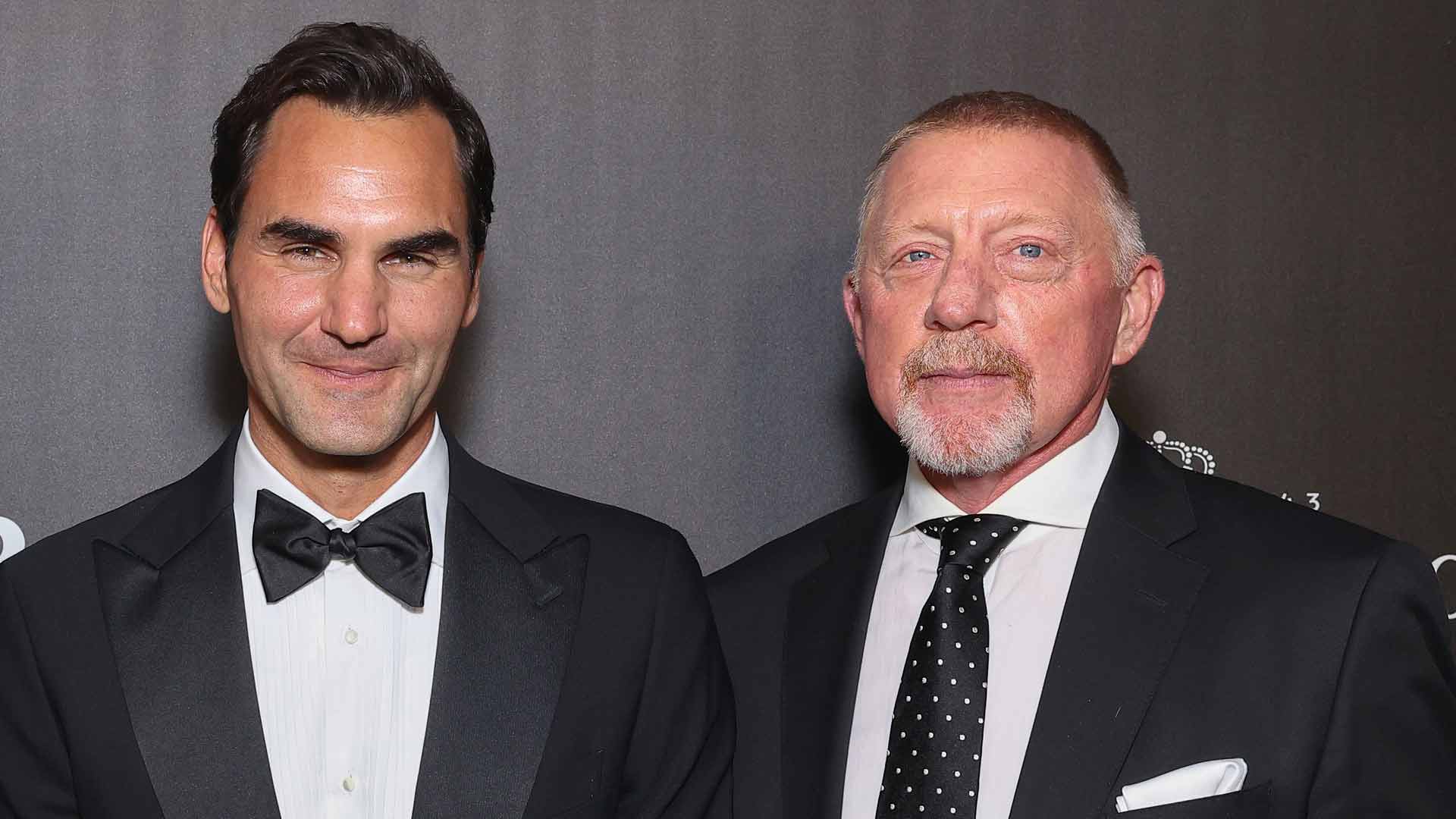Nadal's Quiet Return to the Baseline
One year after his final professional swing, the Spanish icon steps back onto the court at his academy, trading championship intensity for the steady rhythm of practice and guidance.

Under the warm Manacor sun on November 20, 2025, the Rafa Nadal Academy's clay courts stirred with a subtle energy, marking exactly one year since Rafael Nadal's last competitive match. That evening in Málaga, during the Davis Cup Final 8 on November 19, 2024, he had closed a remarkable chapter, one defined by 1,000 tour-level victories, 92 titles—including 22 majors—and 209 weeks at No. 1 in the PIF ATP Rankings. Now, racquet in hand, he faced Alexandra Eala in a session that blended legacy with fresh exchanges, the red surface demanding the same slide and spin that once fueled his dominance.
Shadows of retirement's weight
The psychological undercurrent of his farewell season had lingered, each rally in 2024 carrying the quiet strain of finality amid persistent injuries. From the grinding baselines of Roland Garros to the swift hard courts of the US Open, Nadal navigated with tactical precision, his inside-out forehands masking the mental load of impending closure. The crowd's familiar roar, once a spark for his relentless retrieval, now evoked a poignant sense of paths diverging, his body a testament to battles etched in resolve.
Retirement unfolded not as a abrupt halt but a measured transition, pressured by the toll of those hard-fought seasons. He approached the Davis Cup with the focus of a seasoned tactician, varying crosscourt patterns to control tempo while conserving energy for the team's cause. Yet beneath the surface play, the emotional pivot toward life beyond the tour hinted at a deeper reset, one where the academy's rhythms promised continuity.
“After a year, it felt great to be back on a tennis court. It was great to practise with you, Alex Eala. Next time I’ll be stronger,” Nadal wrote on social media.
Practice revives tactical flow
Paired with the 19-year-old Filipina, who surged from No. 143 to WTA World No. 50 this year, Nadal fed balls with controlled underspin, testing her footwork on the academy's terra battuta. The session unfolded in measured volleys: slices drawing low bounces to disrupt rhythm, followed by inside-out probes that stretched her defense. Eala countered with steady crosscourt drives, her improved serve-returns holding firm against the spin variations that defined his prime, turning the court into a live classroom of adjustments.
This lighter intensity allowed for unhurried exchanges, Nadal shortening his one–two combinations to emphasize placement over power, a nod to the academy's precision-driven drills. The air hummed with the soft thwack of strings meeting felt, Eala's net approaches prompting quick lobs and mid-court shifts from the Spaniard. Her breakthrough season, marked by versatile play across surfaces, reflected the holistic training he champions, blending physical endurance with strategic depth.
Academy bonds endure beyond titles
Deeply rooted at the Rafa Nadal Academy, he guides emerging talents like Eala with the insight of a player who once dissected opponents under stadium lights. This practice highlighted his commitment to more than strokes—fostering mental fortitude, comprehensive education, and the values of resilience that propelled his 22 major triumphs. As balls looped down-the-line and sliced crosscourt, unspoken lessons flowed, bridging his storied path with the next generation's potential.
The session wrapped with a quiet momentum, the court's energy alive with promise. These moments signal Nadal's evolving role, where guidance intersects with rediscovery, ensuring his influence ripples forward on the baselines he helped redefine.


